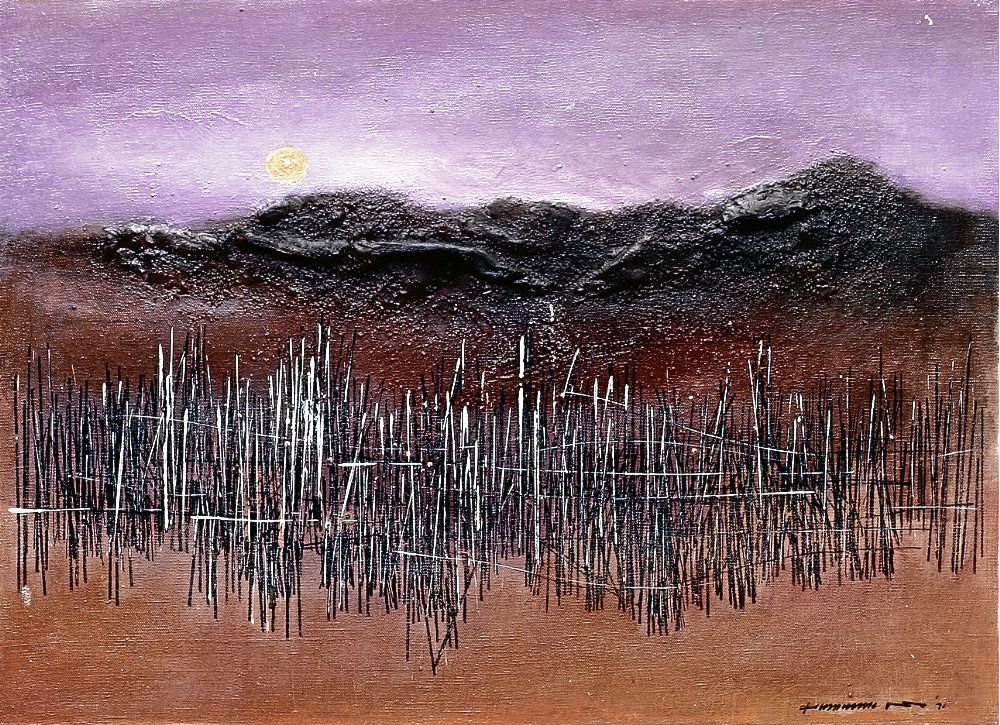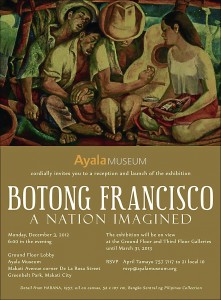 Twenty-twelve was a year of retrospectives in the Philippine art world. The most significant from the vantage point of art history would be the multiple shows (at the Cultural Center of the Philippines, UST Museum, UP Vargas Museum and Metropolitan Museum) to mark the 10th birth anniversary of National Artist Carlos “Botong” Francisco.
Twenty-twelve was a year of retrospectives in the Philippine art world. The most significant from the vantage point of art history would be the multiple shows (at the Cultural Center of the Philippines, UST Museum, UP Vargas Museum and Metropolitan Museum) to mark the 10th birth anniversary of National Artist Carlos “Botong” Francisco.
With Galo Ocampo and another National Artist, Victorio Edades, Francisco formed the so-called “Triumvirate of Modern Art in the Philippines.” While Ocampo indigenized western art genres, as in his “Brown Madonna,” and Edades departed from idealistic exteriors to present life as the artist would see it, Francisco renovated mural art.
Perhaps more than the art of either Edades or Ocampo, Botong’s would be the most Filipino, however contentious that claim would be nowadays. Most of the time his art tended to show Filipinos as a community.
The series of shows continues, the latest of which, “Botong Francisco: A Nation Imagined,” is running at the Ayala Museum until March 31, 2013.
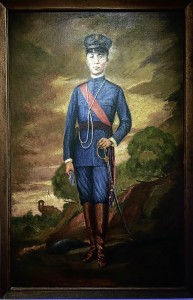
Also marking his birth centenary was Francisco’s co-member in Edades’s famous Thirteen Moderns, Ricarte Puruganan. A joint exhibit was held in their honor at the UST Museum (both were pioneer faculty members of UST’s school of fine arts).
Puruganan’s oil-on-canvas landscapes included the Mount Mayon in Albay. His works also portray images of workers during harvest time. The exhibit likewise showed images of Puruganan’s landscape and architectural works especially in his native Ilocos, such as the Mariano Marcos monument and the remodeled provincial capitol in Ilocos Norte.
Cristobal, Robles, Carating
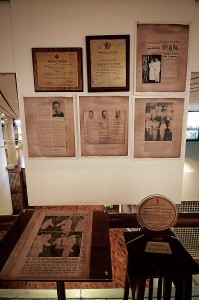
Another Thirteen Modern that received a retrospective was Bonifacio Cristobal, perhaps the least known of the Edades bunch.
Surprisingly, the show at the Government Service Insurance System (GSIS) Museum was the first solo exhibit for Cristobal.
Among those exhibited were “Hingutuhan,” which won first prize in the 1948 Art Association of the Philippines (AAP) art contest. The oil-on-canvas depicted a mother and her two daughters picking lice from one another’s hair.
Roberto M.A. Robles was the subject of two shows at the UP Vargas Museum and Galeria Duemila, which put in the proper perspective his engaging contributions to abstract art. A graduate of the University of the East school of fine arts, where he became dean, Robles had also trained in Japan, which showed in his pure, minimalist lines and executions.
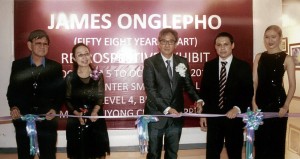
Noted abstractionist Norberto Carating received a retrospective exhibit from his alma mater, University of the Philippines, last July. The show marked his 45th year in art-making.
“He stands tall in Philippine nonrepresentational art with his highly consistent espousal of the idiom when most of the younger artists around him have gone figurative and commentative, installative, if not performative,” said Rubén D.F. Defeo, curator of the exhibit.
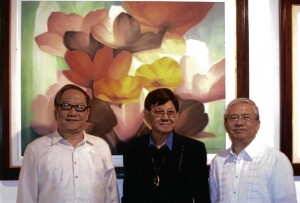
(New works of Carating are on exhibit at Galerie Hans Brumann in Greenbelt 5, Makati City. Call tel. 02-7282175 or e-mail [email protected].)
Sansó, Onglepho
Another product of UP, the Catalan Spanish artist Juvenal Sansó marked his 83rd anniversary by releasing a new suite of works that represented a new stylistic beginning.
Organized by Galerie Joaquin (tel. 7239418), the exhibit at the Art Center in SM Megamall, “Paintings of a New Day” showed landscapes in dramatic strong colors, indicating a new intensity in Sansó. Definitely his art is not one to go gentle into the good night.
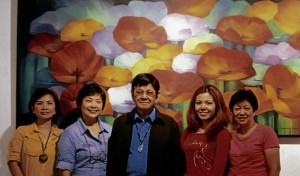
A student of Edades and National Artist Vicente Manansala at UST, James Onglepho embodies the largely overlooked contributions of Chinese-Filipinos to Philippine art.
Last September, a retrospective exhibit at the SM Art Center included paintings from the 1950s that indicated influences from his art mentors in UST, as well as Mabini artist Gabriel Custodio.
The show also charted the evolution of his subjects, from the standard to the more particular genres that he has come to be known for—landscapes, especially of his beloved Pasonanca in Zamboanga, and the highly abstracted renditions of the mountains of the China and Taiwan of his imagination, to the water lilies that symbolize beauty and purity amid dirt and squalor, and which best express his unfaltering optimism.
Without missing a beat, Onglepho’s art is unabashedly colorful and bright, gentle and inspiring.
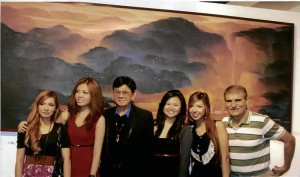
Olazo, Isidro, Perez
Onglepho’s contemporary at UST, Romulo Olazo extended his “Diaphanous” series with a new show at the Ayala Museum again organized by Paseo Gallery (tel. 7065514), entitled “Diaphanous-Anthuriums.”
The abstract rendering of floral figuration was delicate and elevating.
Another abstractionist, Raul Isidro, applied his sensitive art-making to narrative and nostalgia in “Senakulo,” which sought to recreate the artist’s boyhood in Bulacan especially during the particularly charged season of the Catholic Lent.

Isidro next turned to landscape abstraction in his recent show at Ayala Museum, “Gilded Landscapes.” His art has remained sure-footed and exploratory, always charting new directions.
Nostalgia was also the theme of Al Perez’s “Tribute to Mothers,” in his recent solo at Gallery Nine (tel. 9108016). The paintings showed Perez’s unflagging power of figuration and rendition.
Verano
Perhaps the most pleasant development of 2012 was the return of Francisco M. Verano to the exhibit circuit via a show with the multimedia artist Jaime Pacena II at JIV Manila Art Gallery on Visayas Avenue, Quezon City.
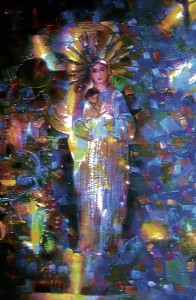
Although he has not really disappeared from the art scene, Verano has cultivated a very select clientele. The works during the exhibit—landscapes and abstracts—showed Verano’s mastery of idiom and his continuing evolution as an artist.
Verano, who’s in already in his 60s, along with the other artists who had retrospectives and major shows in 2012, should show that Philippine art stands on the solid ground built by the trailblazing pioneers of old. Because of that, its promise remains ever green and fresh.

